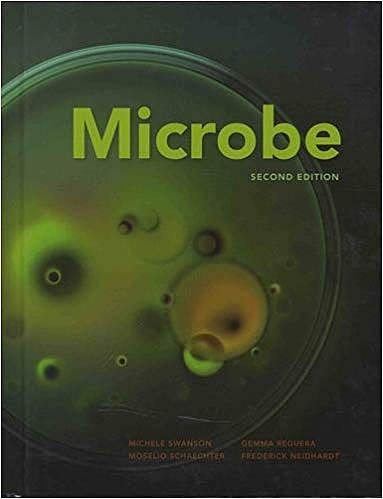
Microbe
Michele Swanson, Gemma Reguera, Moselio Schaechter, ... [et. al.]
2nd ed.
Washington, DC : ASM Press, cop. 2016
 |
Microbe Michele Swanson, Gemma Reguera, Moselio Schaechter, ... [et. al.] 2nd ed. Washington, DC : ASM Press, cop. 2016 |
11 termes
| incompatible metabolite n. |
|
| indifferent microbe n. |
|
| inert component n. |
|
| inflammasome n. |
|
| information flow n. |
|
| initiator protein n. |
|
| internalin A n. |
|
| internalin B n. |
|
| interspecies electron transfer n. |
|
| interspecies metabolite transfer n. |
|
| IS element n. |
|